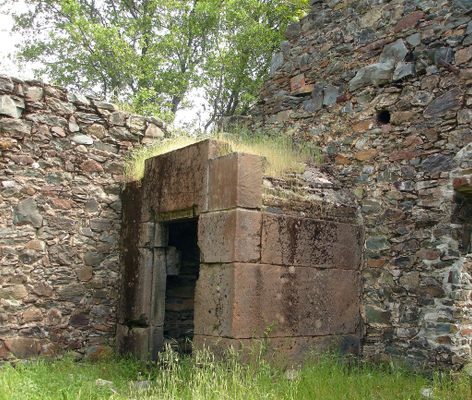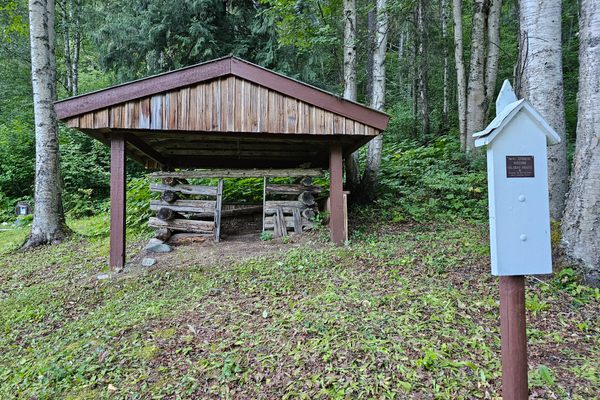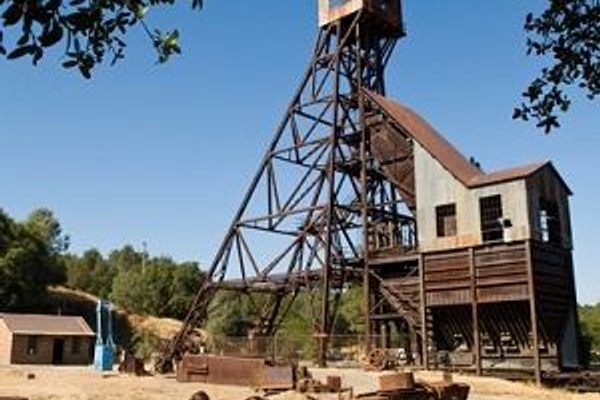About
Cherokee, California is home to hundreds of people—most of them buried in an old but well-kept pioneer cemetery. These days, it has less than 50 living residents, many of whom fight hard to make sure that Cherokee's rich (no pun intended) history remains alive.
The town was named after a traveling group of Cherokee prospectors who were already panning for gold when Welsh miners arrived. Before the Gold Rush, the area was inhabited by Maidu people.
There was so much gold in the area that the largest hydraulic mine in the world was built there in the mid 1800s. The mine covered nearly 26,000 acres and was producing gold around the clock due to the electricity that one of the owners insisted on. That owner was Thomas Edison, who had access to technology that could keep the mine running basically 24 hours a day for many years.
In 1860, one of the first Chinese Taoist temples in America was built here. By 1875, Cherokee was booming with thousands of residents and immigrants. Along with the seemingly endless supply of gold, the first diamonds found in the United States were pulled from the earth here. The mine was such a vast and amazing engineering marvel that then-President Rutherford B. Hayes brought his wife and an entourage of generals and businessmen to see it. The future of Cherokee appeared to be (ahem) golden.
However, by the late 1890s, the veins began to dry up and hydraulic mines had become too expensive to operate. Slowly the town fell into ruin as the gold popped up elsewhere and settlers moved on. Today only a few skeletal buildings remain, including a historical museum and the Hayes House which is stuffed full of mementos and artifacts left over from the time of the Presidential visit. It is off the beaten path and has no services or accommodations, but still entertains wayward travelers who wish to explore the pioneer cemetery and the museum. It has two annual festivals to draw visitors: one on the Fourth of July, and another usually timed near September 24, to celebrate Hayes Day.
Related Tags
Know Before You Go
Cherokee is off highway 70, thirteen miles north of Oroville atop Table Mountain.
Published
June 7, 2013



























